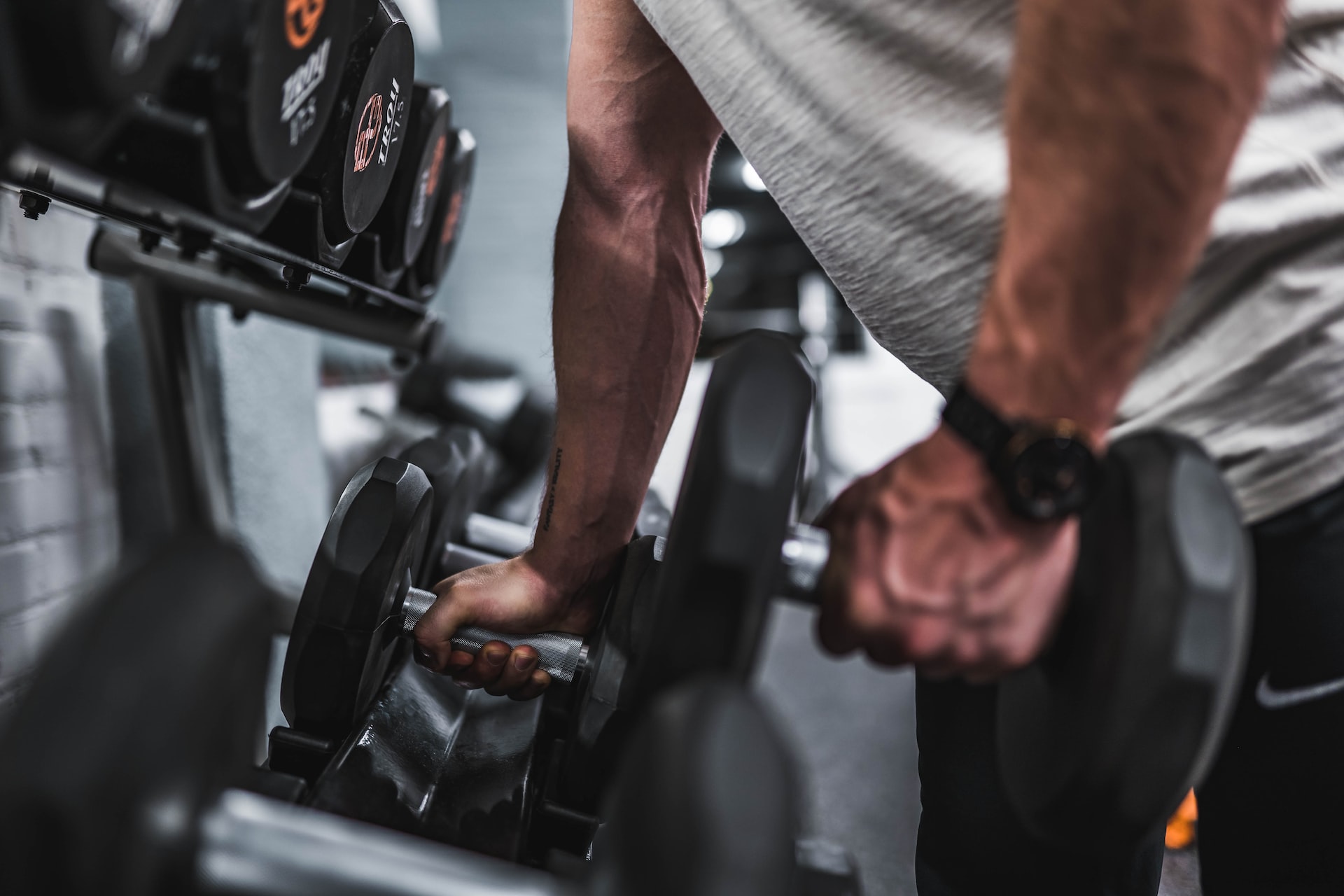Push-Pull Split Guide

Push-Pull Split is a workout program usually split into 3 sessions where one session is dedicated to pushing movements, another session to pulling movements, and the last one to legs.
Benefits
- Simple to program. Push-Pull split is very easy to follow. You will only focus on one area of the body during a session, reducing programming complexity and equipment switching.
- Recovery. Each muscle group will receive at least two days of rest, preventing you from accidentally overworking it.
Drawbacks
- Inflexible schedule. Push-Pull Split works best if you are training 3 or 6 days a week. Training less than 3 days essentially guarantees that some muscles won’t be trained. When training 4 or 5 days a week, it’s difficult to keep track of your workouts as they will continue to get shuffled on different days of the week.
- Core is probably neglected. Since, there is no day dedicated to core, it’s very easy to forget about it and stop training it altogether.
- Temptation to skip leg day. It’s very easy to skip working a muscle group if you miss a day since you’ll want to stay on your set schedule instead of re-shuffling your workouts.
Best Fit
- Intermediate. This split tends to be a natural progression from the Full-Body split once you are able to work out with sufficient intensity. You’ll still train every muscle group but the workouts are better spaced out for recovery.
Example
Since a different muscle group is trained with each session, it’s perfectly fine to train on back-to-back days. If you have more time available, you can also increase the volume by training 6 days a week. Training legs on the 3rd day might be preferrable as that tends to be the most physically demanding day. Saving it for last should prevent fatigue spillover from affecting your other sessions.
Monday - Push
- Chest Press
- Shoulder Press
- Lateral Raise
- Close Grip Push Ups
- Cable Crunch
Tuesday - Pull
- Chin Ups
- Bent Over Row
- Lat Pull In
- Bicep Curl
- Hanging Leg Raises
Wednesday - Legs
- Hack Squat
- Leg Extension
- Romanian Deadlift
- Hamstring Curl
- Calf Raises
- Russian Twist
Workout Tracking
You should always track your workouts if you want to make progress in your training. Otherwise, it will be very difficult to see what areas you are neglecting and what lifts should be heavier if you only have a vague idea of everything you've been doing. You could use pen and paper or a spreadsheet for tracking but that tends to be inconvenient and time-consuming.
We designed Laurel to be the best workout tracking app available, allowing you to effortlessly log exercises as you perform them. Plus, you get access to goal tracking, wellness tracking, and personalized training review and recommendations to make the most out of your sessions.